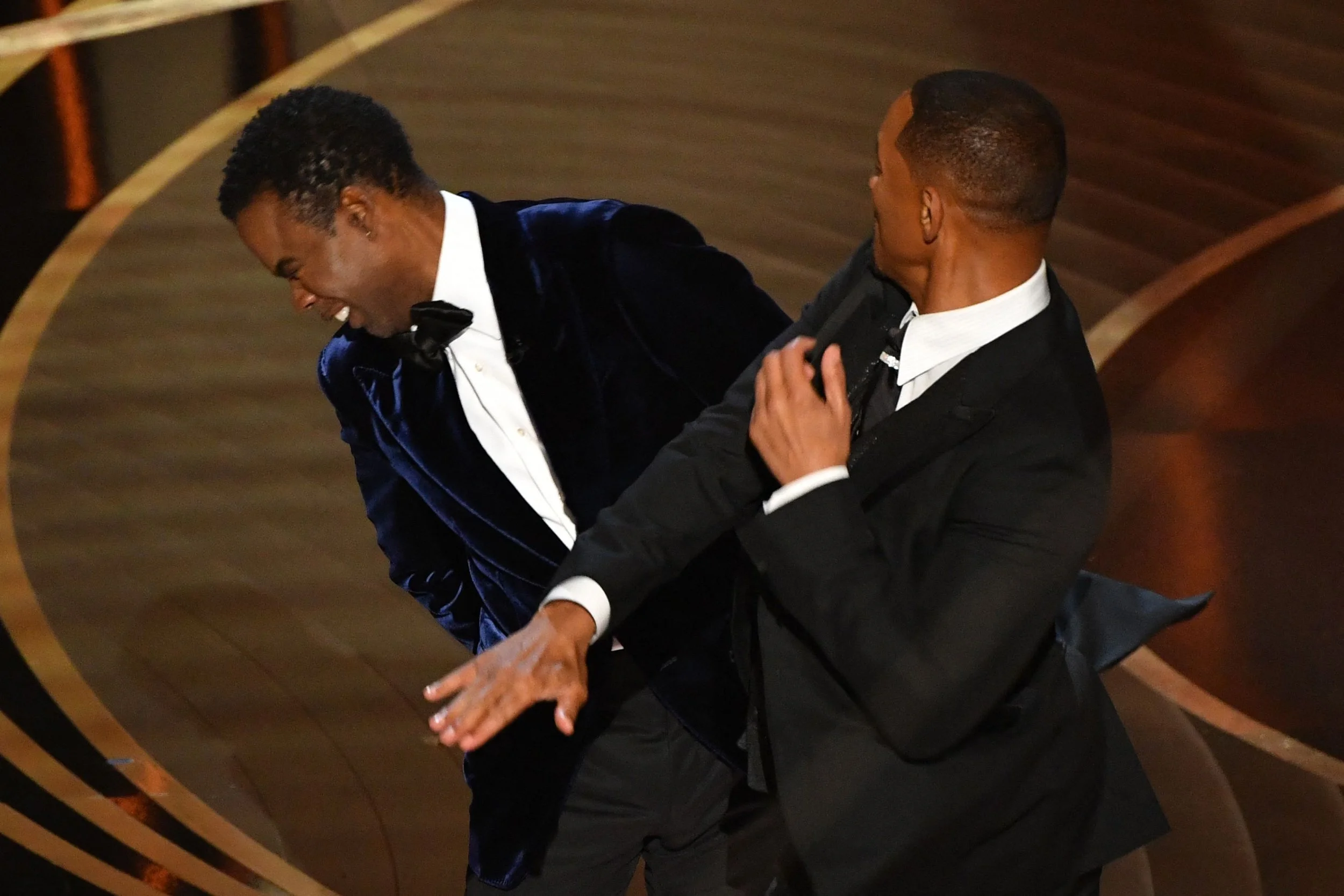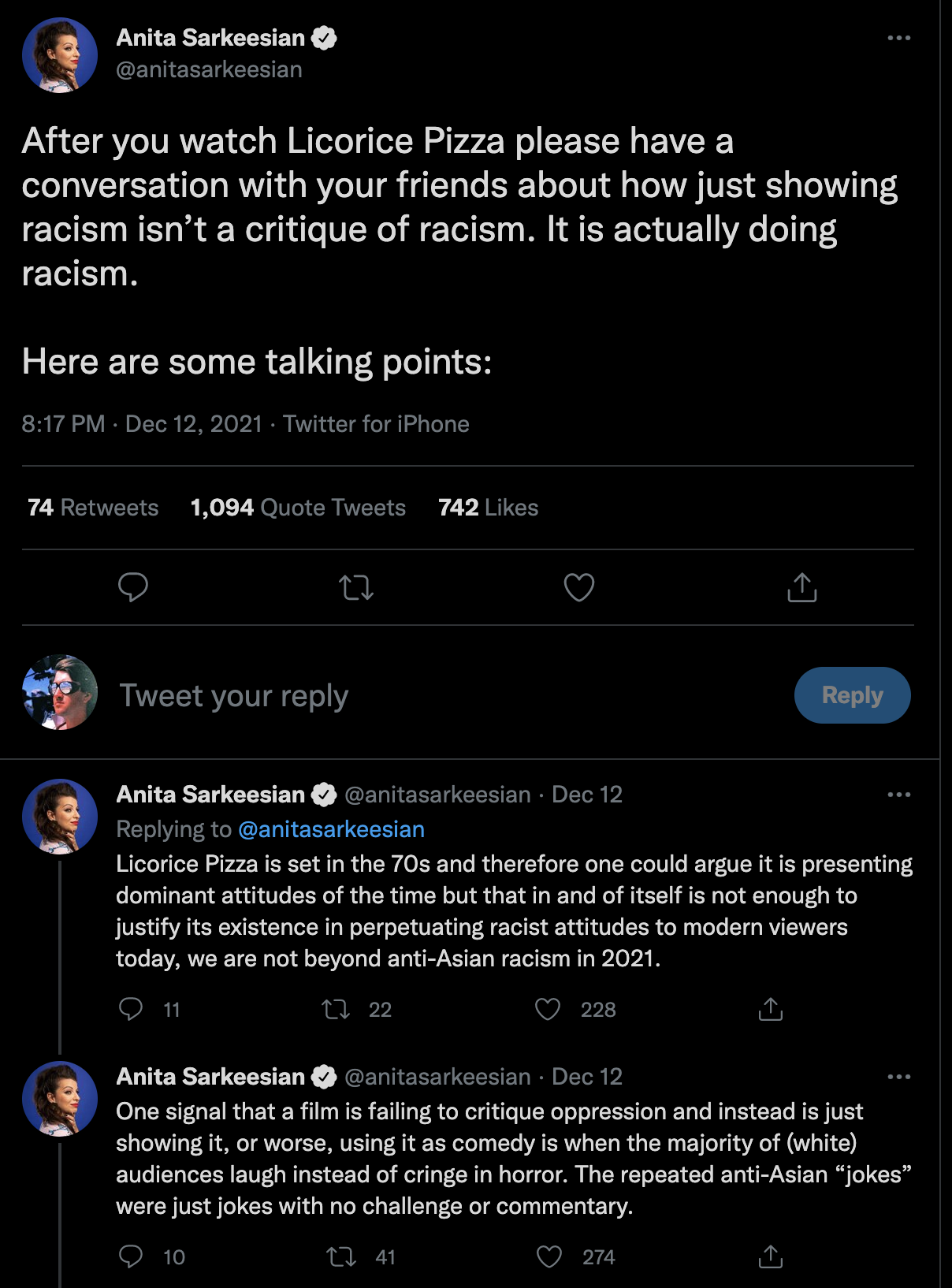(As a side project while writing this spring, for when I need to change my mental track, I’m doing some viewing and writing about Woody Allen.)
Woody Allen would make use of the mockumentary form many times in his career, to greater or lesser degrees of consistency. Zelig, his 1983 film, is his most famous and uncompromising use of the form, as he used optical effects to place himself, as the "human chameleon" Leonard Zelig, into real historical footage. Other of his uses of documentary style, such as in Husbands and Wives (1992) or Sweet and Lowdown (1999), are less concerned with maintaining the illusion of watching a documentary formally than with using stylistic elements of the documentary (talking head interviews, voiceover, verité-style filming) as literary tools. For example, he has used voiceover and talking head interviews, with a large debt to Ingmar Bergman, as a way to present internal monologue or characterization of fictional characters.
Take the Money and Run, Allen's first original feature film as a writer/actor/director, cleverly exploits the documentary style. This is not the first mockumentary, but it is one of the most audacious and conceptually brilliant as of 1969. The strategy allows Allen to avoid having to depend upon continuity editing for the timing of the jokes. Hip audiences had gotten used to jumpcuts throughout the decade of the sixties, through French art films (such as Breathless, 1959) or British musical comedies (A Hard Days Night, 1964, also a mockumentary), a type of edit generally considered a mistake prior to the 1960s. Continuity editing was a classical American studio editing style that had conquered cinema by the mid-century; subverting that style was part of the ethos of 1960s moviemaking. Continuity editing attempted to construct a realistic scene by connecting multiple brief shots, taken from different camera angles, into an expressive, and seamless-feeling, narrative. Editors would strive to be "invisible," that is, audiences should not notice the cuts because the compositions and cutting rhythms were structured to feel smooth, not jarring. Jumpcuts disrupt continuity by calling attention to the cut itself; these resulted from certain necessities of cinema verité style documentary. If you, as a documentary filmmaker, were filming an event with a single camera, you might not have those different camera angles that can be edited into a smooth sequence. Rather, you might have two shots taken from the same angle at different times, which would feel jarring when edited together but, because of its association with documentary and news, ironically made the scene feel more authentic.
The doc style also allows him to cut whenever the pacing requires it, rather than for continuity, which means he can simply play gag after gag without much setup or denouement. The switchblade scene is a great example—it's cut rhythmically and is precisely as long as it takes to tell the joke, then out. Whereas in the poolhall scene, he's simply jumpcutting between brief scenes of physical comedy, shot in masters.
When it comes to the all-important timing of jokes, editing that rhythm from many pieces is considerably more difficult than from one piece. In Take the Money, Allen usually privileges joke rhythm over continuity. This is particularly true of most of the first half of the film, which traces Victor's attempted life of crime up to when he meets Janet Margolin's Louise. When they meet, what has been a lightning-fast-moving gag machine pivots into romantic comedy. At this point, for the first extended sequence in the film, the mockumentary pretext is dropped in favor of contemporary comic realism, and the Allen character actually speaks in a conversation with another person—in a scene that is very unlikely to appear in a documentary.
It's the first moments of the first Woody Allen romantic comedy. The couple flirt and then walk, while he VOs, "I know I was in love. First of all, I was very nauseous. You know, I never met such a pretty girl, and uh, and I guess I'm sensitive, because real beauty makes me want to, uh, gag." In other words, he had been working toward this moment for years and had arrived, more or less fully formed. The cadences, the idiosyncrasies, the particular fixations; effortlessly hilarious jokes, a stunning beauty who likes to laugh; nonstop silliness. It seems obvious in retrospect, of course, that this was the arrival of a staggering talent on the world's biggest screen.
By dropping the doc style and picking it up again when it suits him, Allen was displaying an astute grasp of the possibilities of film editing and the role of shooting style unusual for a comedian who had not directed an original feature. He saw the possibilities in spoofing the media itself, the form itself, that he would briefly apply to political ideas in Men of Crisis. Take the Money and Run, though, loses some steam as it shifts genres and styles through moments of romantic comedy or extended spoof. Perhaps realizing that sustaining the documentary style required a rigor that would make some of the scenes he wanted to include impossible, he abandoned the form for the next decade, apart from the not-broadcast Men of Crisis.
He would return to stylistic playfulness and genre satire in his third film, Everything You Always Wanted to Know About Sex, which was a kind of anthology based on a sex advice book, including recognizable forms like game shows, the period piece, Italian farce, scifi movies and more. And in his breakthrough film, Annie Hall, which changed his career, he uses a grab bag of different forms. But little of the documentary form again until the 1980s.
There are some wonderful, classic jokes in this movie. The cello player in the marching band bit is perhaps a top-ten joke for Woody Allen, an inspired bit of goofery that establishes some vital traits of the WA character, and remains effortlessly hilarious. It's a bit immediately worthy of the greats of silent comedy, something you can easily imagine Chaplin of Keaton or Lloyd or Harpo Marx doing (of course, it would be a harp). The repeated stomping on the characters glasses is great. The prison break using a gun carved from a piece of soap is great; likewise the hilarious bank robbery in which the tellers can't quite read Virgil's note (apparently he spelled "gun" to look like "gub").
The period stock footage, like Zelig—but with Nixon—is all so nutty. Then he transforms into a rabbi after the experimental vaccine he agrees to take, in exchange for parole. More Zelig. But, note—this is Allen's arrival on the scene, as a filmmaker. This is 1969. He proudly, clearly and hilariously declares his Jewishness. No big deal? today, sure. At that time, and for decades afterwards, performers would strive to obscure their Jewish identity.
I'm also on the lookout for "Damning Evidence," which is my term for jokes that some people would interpret as indicating the teller might also be a child molester.
One of the first jokes in the movie, told by one of Virgil's elementary teachers, is about a time when he stole a fountain pen in class. Giving him the opportunity to anonymously return it, though she knew who had taken it, she asked everyone to close their eyes. She says, "While our eyes were closed, he returned the pen, but he took the opportunity of feeling all the girls. Can I say 'feel'?"
In 1969 this was simply a joke, reflecting a boys-will-be-boys attitude that is utterly verboten in comedy today. It fits with some of the early jokes in Annie Hall—"I never had a latency period!"—but is less clever and more tasteful. Young Alvy Singer simply kissed a girl, he did not "feel" her. Now, in my memory, girls sometimes did this kind of thing, too. But, never mind, the point is—not unlike many jokes of the time—this is not something people would find funny today, and the subject matter is further problematic given the abuse accusation against him.
Some more?
"The only girl I have known was a girl in my neighborhood, uh, who was not an attractive girl; uh, I used to make obscene phone calls to her, collect, and, you know, she used to accept the charges all the time. But, nothing ever happened."
"[The psychiatrist] said, Do I think that sex is dirty? I said, It is if you're doing it right."
"I was either in love or I had smallpox."
"She responds to Louise's need for love by beating the child and claims to have conversations with God in which they discuss salvation and interior decorating."
"Do you think a girl should pet on the first date?" "What?" "I mean, if both parties involved are mature and liberal?"
So, in 2022 dollars, we've got misogyny, jokes about sexual harassment and "dirty" sex, the relating of love to illness, child abuse and "petting." One of the things about Woody Allen has been his career-long focus on sex—it's incredibly easy now to find all kinds of "off-color" or even "inappropriate" material.
As a mockumentary, it's in the tradition of Buñuel's Land Without Bread in the way it uses documentary-style narration to treat an absurdity as an ordinary, banal occurrence. (The comedy of absurdity and non-sequitur, as practiced here, as practiced by the Marx Brothers, or Buñuel, and others, historically had offered at, certain moments, a rejoinder to the fascist world-view, a triumph of the messy freedom of democracy.)
Some of these associations are perhaps lost today. Even so, this is a funny movie that holds up well, all things considered.




